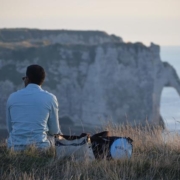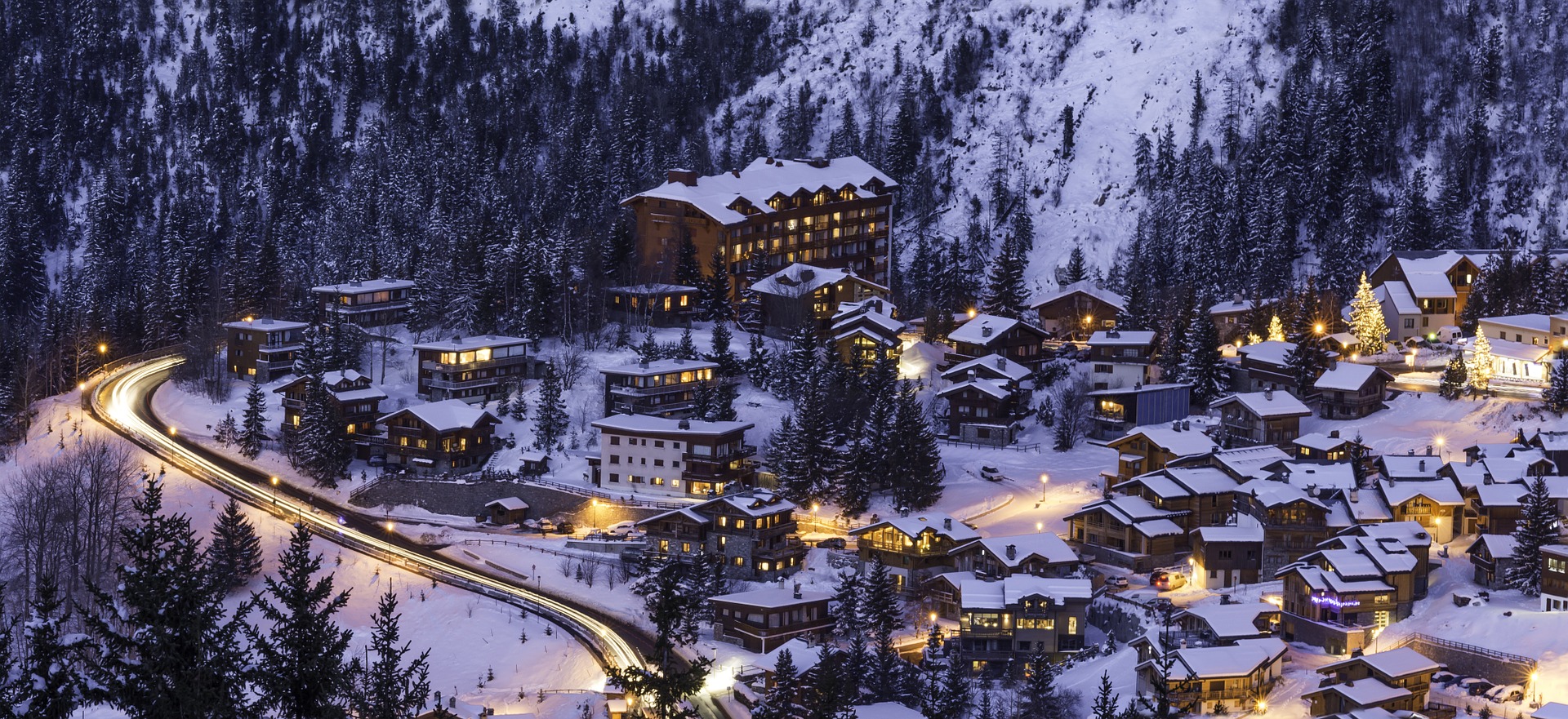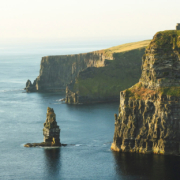If you choose the right tour, a trip to Uluru-Kata Tjuta National Park will be an unforgettable experience. Prefer to set off on your own? Here are some tips to help you navigate this unique landscape, discover its mysteries, and avoid getting lost.
» READ MORE – What to See in Australia: 5 Best Nature Parks
How to Get There
Getting lost in the heart of Australia is unlikely — the area is well-patrolled by Aboriginal custodians, and English-language signs are posted at every key point.
There is an entry fee for the park.
There are two main ways to reach Ayers Rock (the nearest town, Yulara, is 18 kilometers from the park):
Shuttle services run from the airport to Ayers Rock Resort and key attractions, but renting a car remains the most convenient way to explore the area.
Best Hotels Near the Park
- Desert Gardens Hotel – Features two restaurants, a swimming pool, a lush green setting, and excellent service
- The Outback Pioneer Hotel – Stylish interiors, three restaurants, and pools offering a comfortable stay with an authentic touch
- The Lost Camel Hotel – A contemporary hotel with modern-style rooms, a swimming pool, tennis courts, and a spa
- Sails in the Desert – Offers top-tier comfort, and a scenic viewing platform is just a five-minute walk away
- Emu Walk Apartments – A charming option popular among couples and families
These accommodations are exceptionally comfortable, offering spectacular views of the red mountains from private terraces and balconies.
Uluru-Kata Tjuta: A Name with Deep Meaning
| Uluru is a famous red rock formation in the center of Australia. It is also home to the 348-meter-high rock of the same name. | The rock is revered by Aboriginal people as a sacred place where the gods dwell. |
| There are all sorts of legends about the desert where the reserve is located. Many believe that aliens, giant snakes, prehistoric animals and laboratories where scientists breed mutants live here. | |
| Kata Tjuta (aka Mount Olga) is a mountain, part of Uluru. It is located 32 km from the main cluster of rocks and is 200 meters higher than Uluru. | It is possible to climb two equipped mountain trails. |
| Kata Tjuta in the Aboriginal language means: «many-headed». It got its second name from a German scientist in honor of the daughter of Russian Emperor Nicholas I. Olga was the Queen of Württemberg, and Germans adored her for her wisdom, beauty, and kindness. | |
Why Are There So Many Restrictions Here?
The striking red formations of Uluru and Kata Tjuta are estimated to be over 500–600 million years old. The origins of these rock formations remain the subject of many theories, ranging from meteorite impacts to remnants of an ancient alien civilization.
According to Aboriginal beliefs, the land was shaped by powerful ancestral beings. The story goes that two goddesses, the Snake and the Kangaroo, created the world but quarreled over a shared lover – the Dreamtime god. To end the conflict, the god put them to sleep, turning them into stone, where they remain today among the rocks.
Meanwhile, the formation known as Mount Olga is believed by the Aboriginal people to be the petrified body of the Rainbow Serpent, the primordial mother of all humanity.
To honor and protect these sacred sites, the following are strictly prohibited within the park:
- Climbing to the summit of Uluru
- Taking photographs of certain sacred areas
- Making drawings, maps, or flying drones
- Collecting rocks or other natural souvenirs
Curiously, the Australian postal service frequently receives parcels containing Uluru stones returned by travelers who defied the ban. Many claim to have faced misfortune after taking a piece of the sacred rock.
» READ MORE – Sydney’s 21 attractions: What Makes It Special?
What Can You Experience?
The park offers an extraordinary variety of natural and cultural wonders. Here, you can explore karst caves, desert lakes, and rare plant species. The land is home to camels, kangaroos, snakes, ostriches, goannas, and marsupials.
Ancient sanctuaries and Aboriginal rock paintings are scattered throughout the park. These drawings, depicting deities, rituals, and mythical creatures, are simple yet enigmatic, leading some to speculate about extraterrestrial connections to Uluru.
But nothing compares to the visual spectacle of the red rocks. They change color dramatically from sunrise to sunset, shifting from golden hues to deep crimson. According to local lore, the rocks hold the power to heal, bring good fortune, and offer spiritual peace.
Top Experiences at Uluru-Kata Tjuta
- Helicopter Tours – See parts of the landscape that even Google Maps can’t show you
- Sunrise and Sunset Viewings – Witness the mystical transformation of the rocks and make a wish
- Astronomy Tours – Gaze at the stars and moon through high-powered telescopes
- Group Tours – Choose from bus tours, guided walks, and Segway adventures
- Field of Light Installation – Explore the breathtaking art installation, a vast field of glowing lights set against the desert backdrop
If you’re incredibly lucky, you might witness the rare spectacle of rain over Uluru. Rainfall in this region occurs only once every few years, and when it does, the rock formations are streaked with cascading red streams, creating an otherworldly scene.
A common question arises: if photography is so restricted, how do professional images of Uluru circulate worldwide? The answer is simple—commercial photography is allowed under strict conditions and requires a costly permit. After such shoots, Aboriginal elders perform complex cleansing rituals to restore the site’s spiritual balance.
Where to Go After Uluru?
The central Australian desert is a land of mystery and breathtaking landscapes. If Uluru has left an impression on you, don’t stop here—there’s more to explore:
- Simpson Desert – Famous for its striking red sand dunes
- Alice Springs – The cultural heart of the region, home to fascinating museums and art galleries
- Devils Marbles Conservation Reserve – A surreal landscape of massive boulders, believed by Aboriginal people to be the eggs of the Rainbow Serpent. Some of these stones seem to shift in size and color depending on the viewing angle
- Henbury Meteorite Craters – A site where a meteorite impact left a lasting mark on the Earth thousands of years ago
- Finke Gorge National Park – Home to one of the world’s oldest living ecosystems, with remnants of a 60-million-year-old rainforest
From Ayers Rock Resort, you can easily reach other cities across the country. The central region of Australia is far from isolated — it’s a gateway to legend, adventure, and unforgettable discoveries.
Pack your sense of wonder and prepare for a journey into the heart of an ancient land.




 Kilyan Sockalingum / Unsplash
Kilyan Sockalingum / Unsplash  Public domain
Public domain 
 Henrique Craveiro / unsplash.com
Henrique Craveiro / unsplash.com 

 beasternchen / Pixabay
beasternchen / Pixabay Markéta Jaklová / Pixabay
Markéta Jaklová / Pixabay
Leave a Reply
Want to join the discussion?Feel free to contribute!